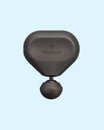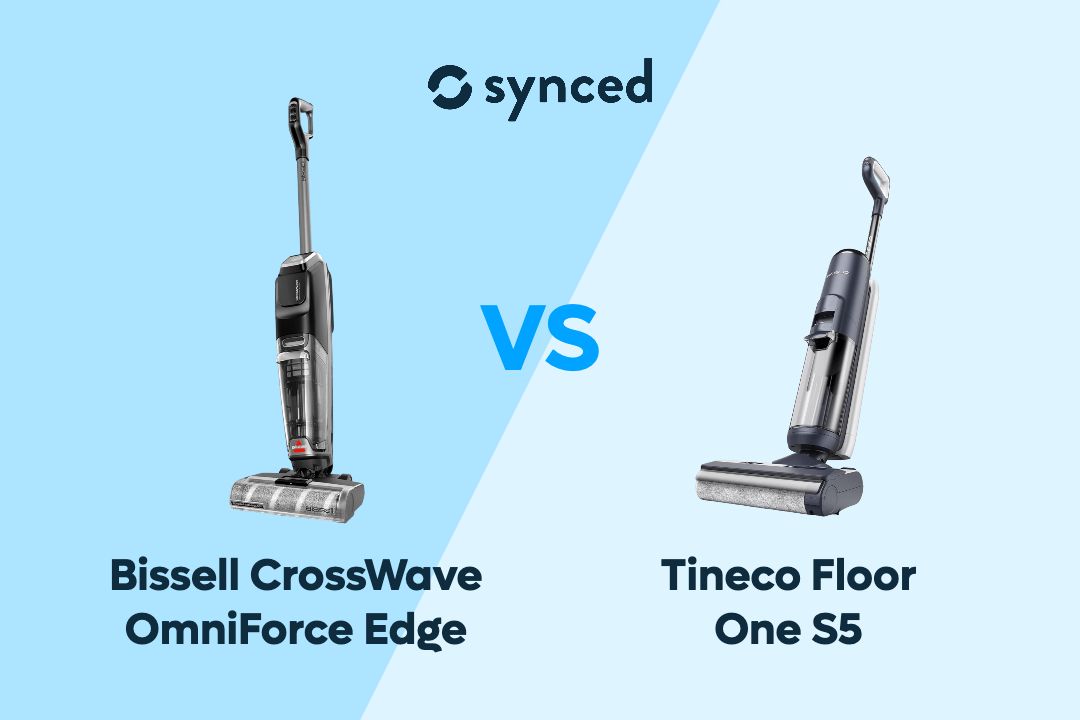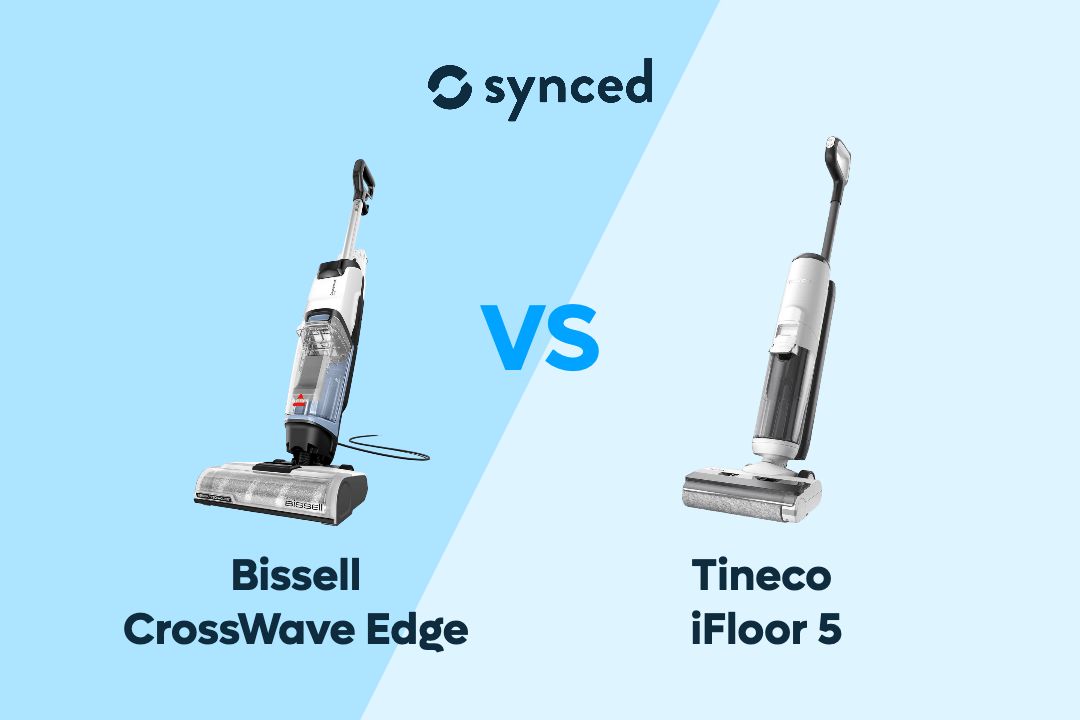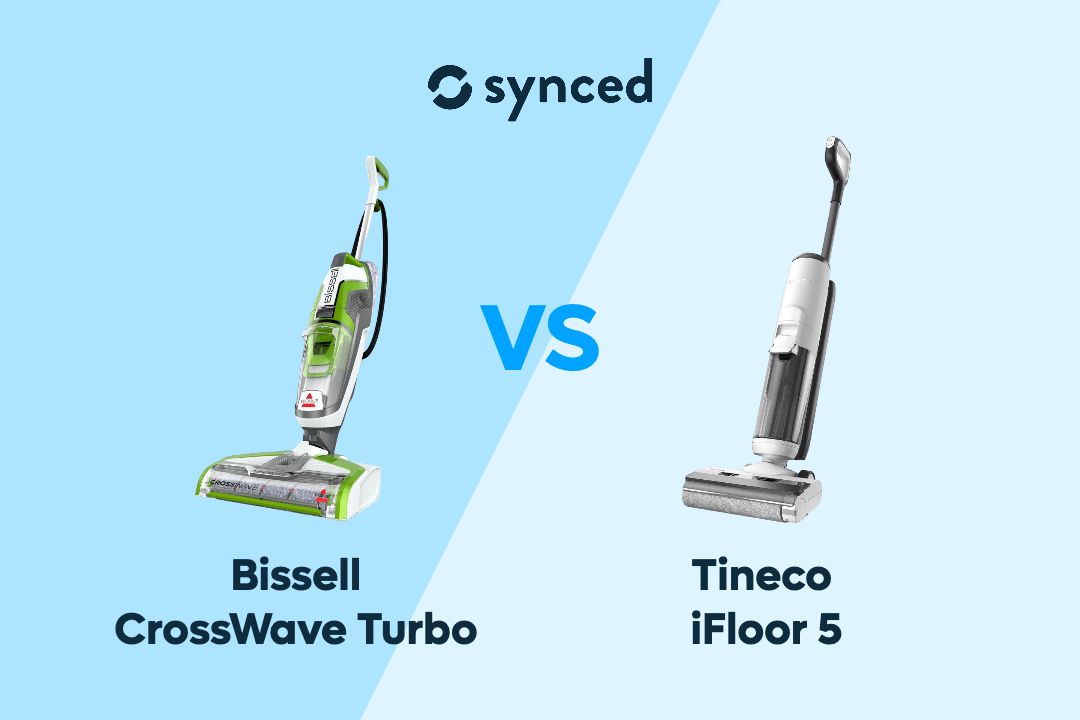Samsung QN90D vs QN90C: Which One Rules the Neo QLED Throne?
By Elisabeth Christ
Published May 2024

When it comes to high-end televisions, Samsung has consistently set benchmarks with its QLED series. The QN90D and QN90C models are no exception, offering stellar performance, but with subtle differences that might sway potential buyers. This comparison aims to dissect these differences under three main aspects: Price & Design, Image Quality, and Features & Performance.
Key Takeaways
The Samsung QN90D and QN90C are both stellar models in the QLED TV lineup, but they differ slightly in performance and features. The QN90D boasts a brighter screen with a peak brightness of 2000 nits compared to the QN90C's 1987.34 nits, enhancing visibility in well-lit environments. Both models support a 120Hz refresh rate and feature Quantum HDR technology, but the QN90D has a slightly improved processor that enhances upscaling and reduces image blur. In terms of connectivity, the QN90C offers an additional HDMI port, providing more flexibility for external devices. Ultimately, the choice between the two may come down to specific needs regarding brightness and connectivity.


Samsung QN90D
Better Choice for Gamers
✓ Mini LED backlighting technology to enhances contrast and brightness
✓ Up to 2000 nits peak brightness
✓ Neo Quantum processor to upscale content to 4K resolution
✓ Native refresh rate of 120Hz for smooth motion handling

Samsung QN90C
Better Choice for Movie Enthusiasts
✓ Quantum Matrix technology for deeper blacks and more vibrant colors
✓ Up to 1987.34 nits peak brightness
✓ Anti-Reflection screen for glare and reflection reduction
✓ Object Tracking Sound+ (OTS+) for a dynamic audio experience
#1 Price & Design

Samsung QN90D
When comparing the Samsung QN90D and QN90C, the first aspect to consider is the price and design. The QN90D, being the newer model, typically comes with a slightly higher price tag. As of the latest market data, the QN90D starts at around $2,699 for the 65-inch model, whereas the QN90C can be found for approximately $1,599 for the same size. This price difference reflects the enhancements in technology and design updates. Both models boast a sleek, minimalist aesthetic with nearly bezel-less frames, but the QN90D features a more refined, slimmer profile which might appeal to those looking for a more contemporary look. The stands and build quality are robust in both models, ensuring stability and a premium feel.
In terms of design specifics, both models offer a versatile setup that fits well in either a wall-mounted scenario or on a stand in various living spaces. The QN90D, however, integrates improved cable management systems and a slightly better approach to port accessibility, making it a tad more user-friendly for those who despise cable clutter. Both TVs support VESA mount standards, but the newer QN90D provides a more streamlined wall-mounting process, which could be a deciding factor for users looking for ease of installation.
#2 Image Quality

Samsung QN90C
Delving into image quality, both the Samsung QN90D and QN90C are equipped with Quantum Dot technology, ensuring vibrant and accurate color reproduction. The QN90D, however, steps up with a brighter panel, boasting a peak brightness of around 2000 nits compared to the 1987.34 nits of the QN90C. This enhancement makes the QN90D more suitable for rooms with a lot of ambient light. Both models feature full-array local dimming, which significantly improves black levels and contrast ratios. The QN90D has an advanced algorithm that adjusts the lighting more precisely, which can be particularly noticeable in scenes with high contrast.
Resolution-wise, both models offer stunning 4K clarity with support for HDR10+, ensuring that the picture quality is crisp with detailed shadows and highlights. However, the QN90D has a slight edge in upscaling lower resolution content, thanks to its more powerful Quantum Processor 4K. This makes older 1080p content look sharper and more refined on the QN90D. Additionally, the viewing angles on the QN90D are slightly better, thanks to an improved anti-reflective coating, which reduces glare and maintains color accuracy from various viewing positions.
#3 Features & Performance

Samsung QN90D
Regarding features and performance, both the QN90D and QN90C are smart TVs powered by Samsung’s Tizen OS, offering a wide range of apps and services. The interface on the QN90D is a bit more polished, with smoother transitions and quicker response times. This could be attributed to the upgraded processor in the QN90D, which enhances overall system performance. Both models support voice control through Bixby, Google Assistant, and Alexa, providing a versatile and user-friendly experience for controlling your TV and connected devices.

Samsung QN90C
Connectivity is robust on both models, with multiple HDMI 2.1 ports, USB ports, and Wi-Fi 6E support for QN90C & Wi-Fi 5 for QN90D, ensuring fast and reliable internet connections. The QN90D, however, offers slightly faster data transfer rates, which is crucial for gaming and high-resolution streaming. Speaking of gaming, both TVs have Auto Low Latency Mode (ALLM) and Variable Refresh Rate (VRR), making them excellent choices for gamers. The QN90D, though, has a lower input lag and a dedicated Game Mode Pro, which optimizes the TV settings for gaming, providing a slight advantage in fast-paced gaming scenarios.
Samsung QN90D vs QN90C
Final Thoughts

Samsung QN90D vs QN90C
In conclusion, when comparing Samsung QN90D and QN90C, both models offer impressive features that cater to various viewing preferences. The QN90D, with its enhanced processing power and improved local dimming, might be the better choice for those who prioritize picture quality in varied lighting conditions and seek a more immersive gaming experience.
On the other hand, the QN90C could be more appealing to users looking for a cost-effective solution that still delivers high-quality visuals and reliable performance. Ultimately, your decision should align with your specific needs, whether they lean towards cutting-edge technology or budget-friendly options without significant compromises.
If you like to read more about Smart TVs, check out our other relevant guides here:
Best Smart TVs 2024
Samsung S95C vs S95D
Samsung S85D vs S90D
Samsung S90D vs S95D
Don't miss out on tech
Subscribe to our newsletter to stay up to date on the latest tech trends and guides on the best gadgets around.







